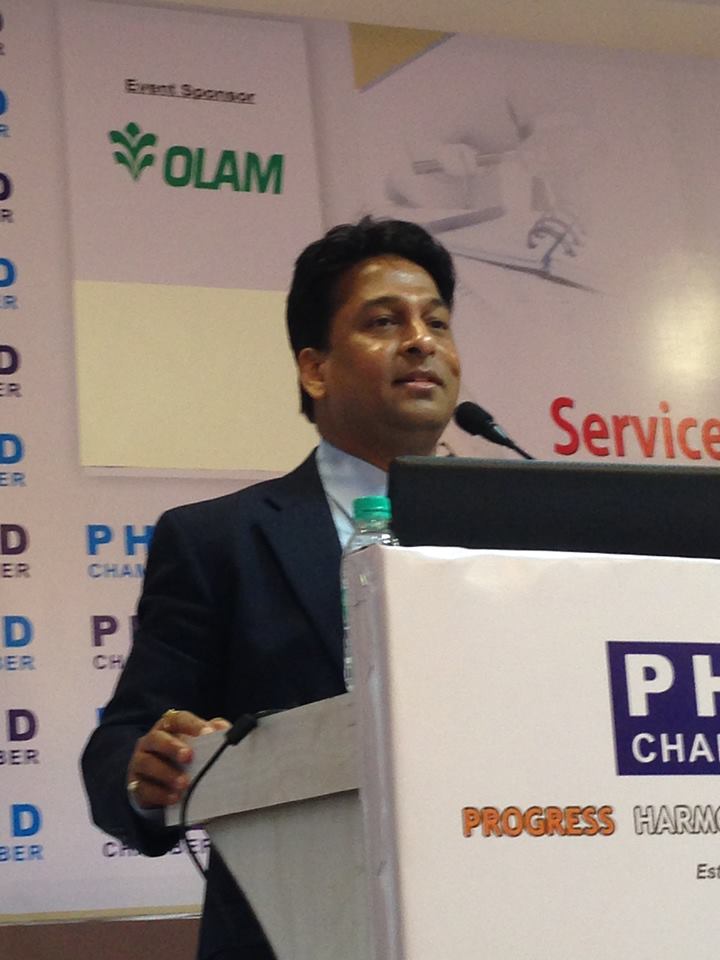| Article Section | |||||||||||
Cenvat credit is allowed if inputs are wheeled out to the sister company |
|||||||||||
|
|||||||||||
Discuss this article |
|||||||||||
Cenvat credit is allowed if inputs are wheeled out to the sister company |
|||||||||||
|
|||||||||||
The Hon’ble Madras High Court in the case of M/S. INDIA CEMENTS LIMITED, REPRESENTED BY ITS AUTHORISED SIGNATORY, T.S. PADMANABAN VERSUS COMMISSIONER OF CUSTOMS, CENTRAL EXCISE & SERVICE TAX, TIRUNELVELI. - 2024 (2) TMI 302 - MADRAS HIGH COURT allowed the appeal filed by the Appellant wherein it was held that the electricity was not sold but only supplied to sister units, all of which were involved in manufacturing of the final product. Therefore, electricity used for manufacturing the final product qualifies as an ‘input’. Further, there is a substantial cost in the setting up of a Captive Power Plant for which the benefit must be provided to the Appellant as a whole, including the sister concerns to which supply is made. Facts India Cement Limited (“the Petitioner”) was engaged in the manufacturing of cement under the provisions of the Central Excise Act, 1985 (“the CE Act”). It had set up a Captive Power Plant (“CPP”) within its factory premises. The Appellant had two other factories where cement was manufactured. They entered into an agreement with the Tamil Nadu Generation and Distribution Corporation Limited (“TANGEDCO”) to wheel out a portion of the electricity to sister companies. The drawal was not for cost and no consideration was received by the Appellant for the same. The Appellant had imported coal for the generation of electricity in the CPP availing Central Value Added Tax (“CENVAT”) credit of Counterveiling Duty (“CVD”) on such imports. The span period of the import was September 2012 to May 2013. The Revenue Department (“Respondent”) issued a Show Cause Notice dated September 30, 2013 (“the Impugned SCN”) on the ground that no statement of accounts was maintained for receipt and consumption of coal for the production of electricity. Further, the quantum of power wheeled out does not fall within the definition of ‘input service’ under Rule 2(k) and Rule 2(i) of the CENVAT Credit Rules, 2002 (“the CENVAT Credit Rules”) and is in contravention of Rues 6(1), 6(2) and 6(3) of the CENVAT Credit Rules and proposed demand of duty, interest, and penalty. Consequent to the Impugned Notice an Order-in-Original dated December 08, 2014 was passed wherein the issues framed were:
Parallel with these proceedings, the Appellant had sought a refund of the credit reversed for the periods (i) September 2012 to May 2013 (ii) June 2013 to November 2013 (iii) December 2013 to October 2014 (iv) November 2014 to July 2015 (v) August 2015 to January 2016. The Court rejected the Refund of the credit. An appeal was filed before the Customs, Excise & Service Tax Appellate Tribunal (“CESTAT”) for such reversal which was rejected vide Order dated February 28, 2018 (“the Impugned Order”). Hence, aggrieved the Impugned Order, an appeal was filed by the Appellant. Issue: Whether CENVAT Credit is allowed if inputs are wheeled out to the sister company? Held: The Hon’ble Madras High Court in M/S. INDIA CEMENTS LIMITED, REPRESENTED BY ITS AUTHORISED SIGNATORY, T.S. PADMANABAN VERSUS COMMISSIONER OF CUSTOMS, CENTRAL EXCISE & SERVICE TAX, TIRUNELVELI. - 2024 (2) TMI 302 - MADRAS HIGH COURT in held as under:
The distinction has been envisaged between the goods used 'in the factory' by the 'manufacturer of the final product' and the goods used for 'generation of power'. While the former insists that the goods must be used 'in the factory', there is no stipulation of place as regards the goods in clause (iii). Therefore, the electricity captively generated is an input, wherever used by the Appellant. Further, the use of the term ‘captive’ is a qualification of the location where it is generated and not of the location where it is used.
(Author can be reached at [email protected])
By: CA Bimal Jain - March 4, 2024
|
|||||||||||
Discuss this article |
|||||||||||
 9911796707
9911796707

